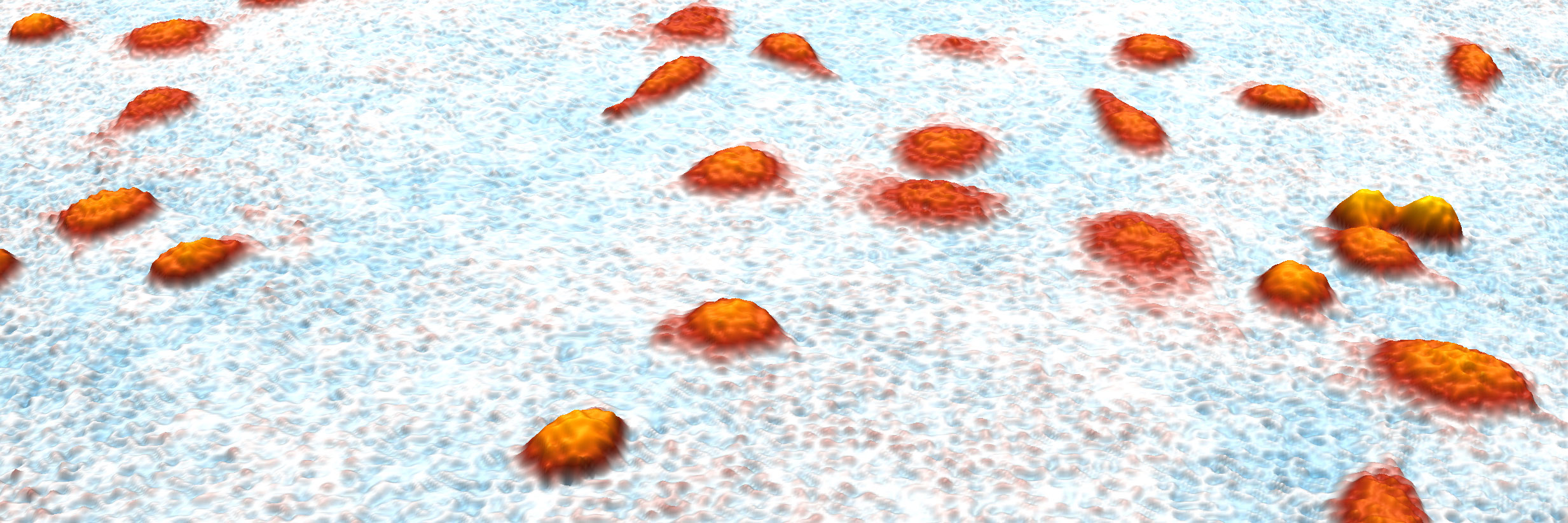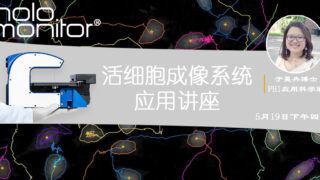Webinar — Mind the Gap!
How to Run Wound Healing Assays to Get Maximum Biological Relevance and Reproducibility
The study of cell migration and cell motility is of great importance to understand diseases. Cell migration can be the cause of cancer progression and metastatic cancer cells. Hence, the wound healing assay is an established in vitro method to measure directional cell migration.
But measuring the kinematics of wound healing requires you to have a cell-free gap between two cell-covered areas. The scratch assay — a typical way for creating cell-free areas — shows poor reproducibility and user-dependent effects.
Having a reproducible experimental setup is the basis for achieving meaningful results.
Secondly, the results of conventional approaches are not giving you the full story. For example, end-point assays miss out on real-time data. While time-lapse setups overlook to address the influence of both cell migration and cell proliferation or cannot quantify unique single-cell behavior. Also, imaging using cellular markers is known to influence living cell behavior.
How can you run wound healing assays that get you biologically relevant and reproducible data?
In this joint webinar with ibidi, we will:
- Speak about the idea behind wound healing and migration assays
- Walk through a complete wound healing experimental workflow from sample preparation and live cell imaging to quantitative image analysis
- Present you multiple application examples, videos, and latest user publications
About the speakers:

Peggy Benisch, Head of the ibidi Academy, will introduce a new method to set up wound healing experiments based on the ibidi Culture-Insert. The Culture-Insert produces a precisely defined gap size between two cell patches for time-lapse microscopy.

Lisa Bodily, Communication Manager at PHI, will show you how to overcome conventional wound healing drawbacks by running automated and non-invasive wound healing assays with single-cell tracking using the HoloMonitor® live cell imaging system.
Enjoy watching!
Your PHI & ibidi webinar team

Videos showing gap closure over time as the cells fill the gap. Untreated cells are used and the gap is created using the ibidi® Culture-Insert 2 Well.


